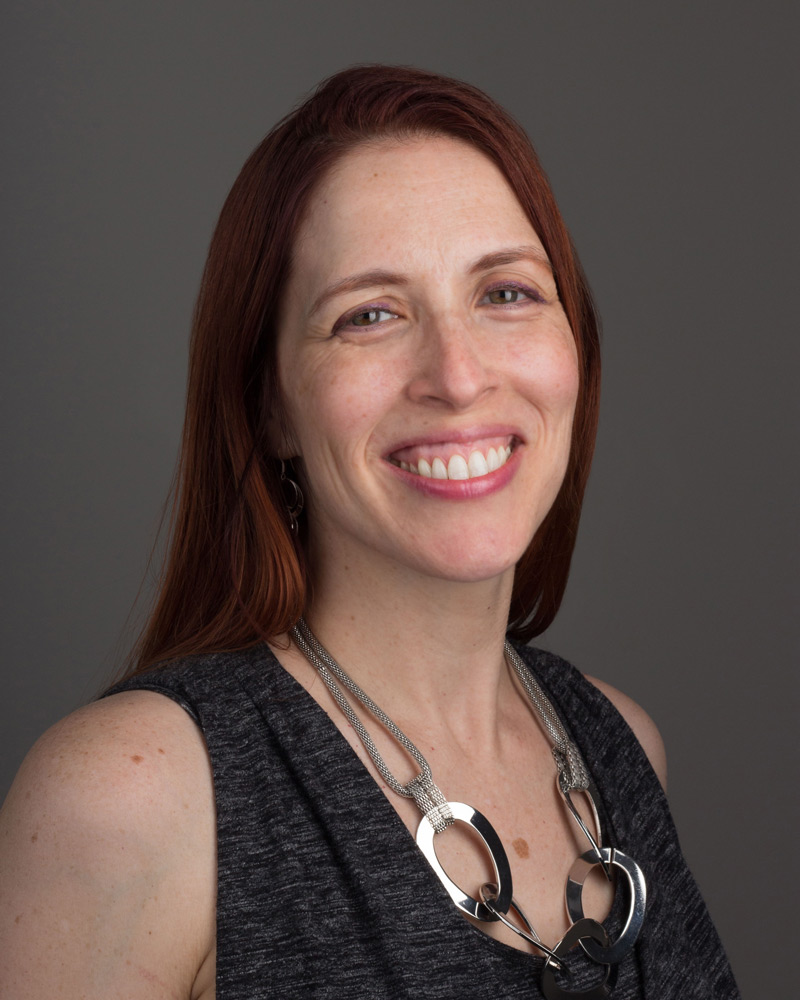Frequently Asked Questions
Q: Who is at most risk of back or neck pain?
A: Back pain is a working person’s problem. It’s relatively rare up to age 18 (except for scoliosis) and becomes less of an issue beyond age 70. Ironically, it’s somewhat like Mother Nature taking care of us in old age, because even though the discs in the back become more brittle and prone to herniation with old age, the nerve pathways also become less effective transmitting pain signals as we age.
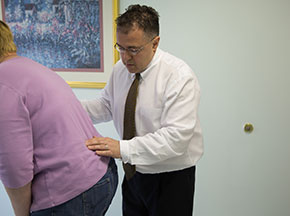 The prime age for back and neck pain is the forties and fifties, and it cuts across all occupations from laborers to white collar workers. There are certain occupations like garbage collectors who have highest risk because of the motion of lifting and twisting the trunk.
The prime age for back and neck pain is the forties and fifties, and it cuts across all occupations from laborers to white collar workers. There are certain occupations like garbage collectors who have highest risk because of the motion of lifting and twisting the trunk.
As we get older, into our forties and fifties, we become less flexible. At the same time, we believe we can lift the same heavy objects we lifted in our twenties and thirties. Lifting something too heavy or lifting it incorrectly, can cause a strain of ligaments and muscles in the back. Or, this can also herniate a disc which then affects a nerve root. Symptoms of a herniated disc can include pain that radiates into an arm or leg, or weakness and numbness in an arm or leg.
Most the time, a strain or herniated disc can build up over the years, until one Saturday when you lift a bag of fertilizer in the yard drops you to your knees in agony. Other factors such as smoking, being overweight or obese, and poor posture can all raise your risk of back pain.
The exercises shown in this site when done in front of the TV on a regular basis can help make your back stronger, more flexible, and resistant to strain. 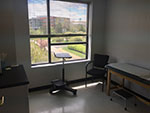 As you start with them, you will see how limited your flexibility is, and with continued use, you will stretch out your hamstrings and trunk muscles so you are more flexible.
As you start with them, you will see how limited your flexibility is, and with continued use, you will stretch out your hamstrings and trunk muscles so you are more flexible.
In a sense, just as you floss your teeth to avoid cavities, you need stretching exercises to prevent back and neck strain.
Q: Why do so many people suffer from back pain?
A: With age, our bones and muscles lose tone and elasticity. They become
less able to properly cushion the vertebrae and more likely to spasm or break.
When a spinal disc ruptures or bulges, it places pressure on the surrounding
nerves and results in pain signals traveling to the brain. Other factors such
as smoking, obesity, poor posture and lack of sleep can also contribute to back
pain.
[Top]
Q: How can I avoid back pain?
A: Prevention is the best strategy for coping with back pain
and can save a great deal of time and agony. Become an educated health
care consumer by learning about effective prevention methods.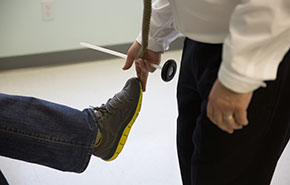
- Stretch before and after strenuous activity.
- Use good posture at all times, and do not slouch.
- When standing, keep your weight balanced on both feet rather than shifting it back and forth.
- Sleep on a firm mattress.
- When sitting for long periods of time, take frequent breaks.
- Maintain a healthy weight and try to avoid weight gain, especially around the mid-section, which can take a toll on the low back.
- Don’t try to lift objects that are too heavy for you. When lifting, use the strength in your legs more than the back.
- Avoid smoking, which accelerates degeneration in the spine.
[Top]
Q: How can I incorporate ergonomics into my everyday lifestyle?
A: Applying ergonomics can help prevent repetitive motion injuries such as carpal tunnel syndrome, particularly if you are constantly working at a computer.
- Use a headset for lengthy or frequent telephone work.
- A footrest should be used if, after adjusting the height of the chair, feet do not rest flat on the floor.
- When performing daily tasks, alternate between sitting and standing or take small walking breaks throughout the day.
- Position the monitor directly in front of the user to avoid excessive twisting of the neck.
- When typing, press the keys gently; do not bang them or hold them down for long periods.
- Keep your shoulders, arms, hands, and fingers relaxed.
[Top]
Q: Why is a multidisciplinary approach to spine care so important?
A: By receiving care from spine specialists within multiple
fields, the diagnosis and treatment process is less likely to become
biased or limited. Multidisciplinary care involves a team of specialists
that pools together its expertise for the greatest benefit of the patient.
Surgery is reserved as the last card to be played. As a patient, instead
of being limited to one medical specialty, you can benefit from the
combined expertise of many physicians.
[Top]
Q: When do I consider surgery for my back or neck pain?
A: Within this Internet site is a symptom chart and information about herniated discs. The good news is that you never need surgery for a muscle or ligament strain. The emergency symptoms that imply a disc has herniated badly and is pressing dangerously on a nerve root off the spinal cord are loss of control of the bowel or bladder, or numbness/weakness in a foot or hand. These symptoms need to be seen by a spine specialist within 48 hours to prevent permanent paralysis of the nerves which would cause the symptom become permanent.
Watchful waiting can be used for pain that radiates into a leg or arm, perhaps for a month. Although there is some research that implies the longer a person goes with these symptoms can affect the complete relief of these symptoms with surgery. Think of a car sitting on a hose in the driveway. If too much time goes by, even if you move the car, the hose may still be crimped. In this sense, some surgeons believe there is a window of time, about three to six months, for optimal relief of symptoms from a herniated disc pressing on a nerve root.
Q: What is fellowship training?
A: A fellowship is the highest level of training available to
a specialized physician in the U.S. It involves a financial grant for
advanced study or training or to allow payment for work on a special
project. It provides a stipend, and, in some cases, the miscellaneous
expenses involved in the study, training or project (Source: Mosby’s
Medical Dictionary).
[Top]
Q: It doesn’t make sense to me to treat my back pain with exercise instead of rest. Please explain!
A: Lying in bed causes muscles to weaken, which inhibits recovery.
Even though activity may be uncomfortable or hurt a bit, this doesn’t
mean that it’s worsening your condition. On the contrary, building
strength in the muscles surrounding the vertebrae can help achieve
a full return to activity. Also, on the mental side, being bedridden
can lead to feelings of frustration and hopelessness, which can slow
you down. Regardless, studies have shown again and again that activity
leads to a quicker return to work.
[Top]
Q: What is minimally invasive surgery?
A: Minimally invasive surgical techniques provide the opportunity
to successfully treat back problems with minimal interruption to the
patient’s regular, active lifestyle. Results achieved from these
methods have been proven to match that of conventional "open surgery." The
surgeon makes smaller incisions, sometimes only a half-inch in length.
Through these tiny incisions, the surgeon inserts special surgical
instruments and probes in order to access the damaged disc in the spine.
By using minimally invasive techniques, access and repair to the damaged
disc or vertebrae is achieved without harming nearby muscles and tissues.
Other benefits of minimally invasive techniques include shorter surgery
duration and recovery time, less visible scars and reduced pain and
blood loss.
[Top]
Q: How can osteoporosis impact the spine?
A: Osteoporosis can have extremely serious consequences on the
spine. Because osteoporosis often progresses undetected, the first
indication could be as disastrous as a bone fracture. These fractures
typically strike an area of the body that carries the most stress,
such as the spine, wrists or hips. Spinal fractures can occur without
notice, as vertebrae simply compress. Compression fractures can be
very painful and may lead to stooped posture, loss of height and risk
of serious neurological damage to spinal nerves.
[Top]
Q: What is scoliosis?
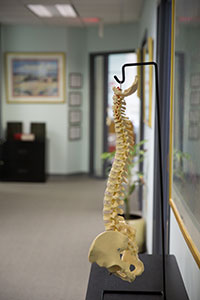 A: Scoliosis is a disease characterized by an abnormal curvature
to the spine, in which the vertebrae twist like a bent corkscrew. In
less severe cases, scoliosis may cause the bones to twist slightly,
making the hips or ribs appear uneven. Scoliosis can progress into
a serious health problem if bones become so severely twisted that they
compress vital organs or if the spinal deformity is so severe that
spine health and posture is threatened. If this happens, surgery may
be necessary. If left untreated, severe cases of scoliosis can shorten
a person's life span. The best way to care for scoliosis is to achieve
early detection and take measures to minimize its progression.
A: Scoliosis is a disease characterized by an abnormal curvature
to the spine, in which the vertebrae twist like a bent corkscrew. In
less severe cases, scoliosis may cause the bones to twist slightly,
making the hips or ribs appear uneven. Scoliosis can progress into
a serious health problem if bones become so severely twisted that they
compress vital organs or if the spinal deformity is so severe that
spine health and posture is threatened. If this happens, surgery may
be necessary. If left untreated, severe cases of scoliosis can shorten
a person's life span. The best way to care for scoliosis is to achieve
early detection and take measures to minimize its progression.
[Top]
Q: What is degenerative disc disease?
A: A natural byproduct of aging is the loss of resiliency in
spinal discs and a greater tendency for them to herniate, especially
when placed under a weighty load, like when we lift heavy objects.
Additionally, some people have a family history of degenerative disc
disease, which increases their own risk of developing it. When a natural
disc herniates or becomes badly degenerated, it loses its shock-absorbing
ability, which can narrow the space between vertebrae.
[Top]

Understanding Symptoms
Pain is not a good indicator of when to see a doctor for a spine problem. While a back spasm can be excruciating, the good news is that ligament strain doesn’t require surgery.
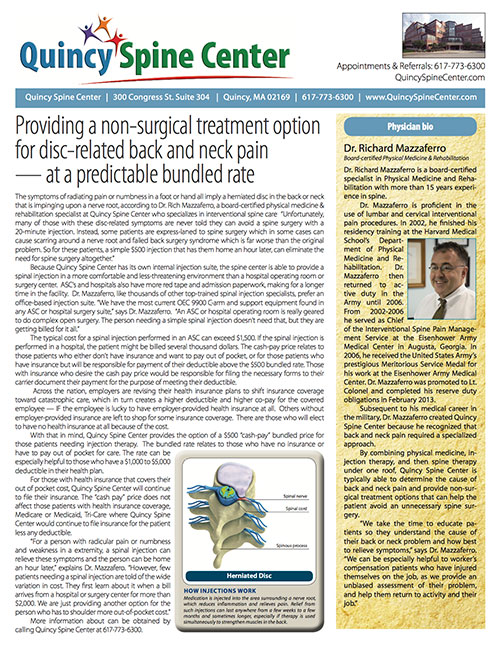
Quincy Bundled Rate
Find out more about a simple 20 minute office procedure — at a $700 bundled rate — that can eliminate the need for spine surgery.
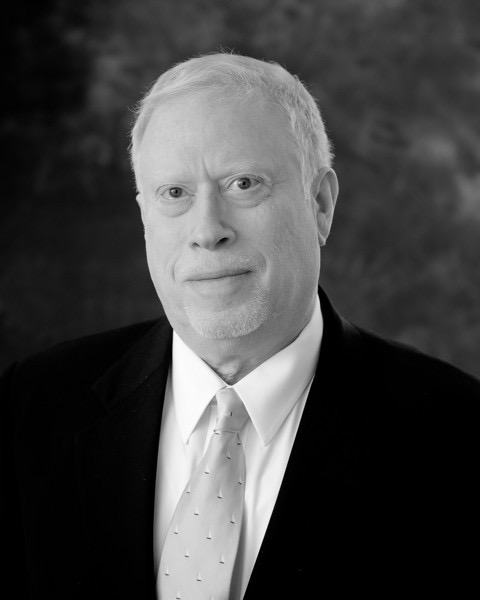
Jeffrey Jackel, MD
Board-certified Anesthesiologist
Board-certified in Pain Medicine (exp)


